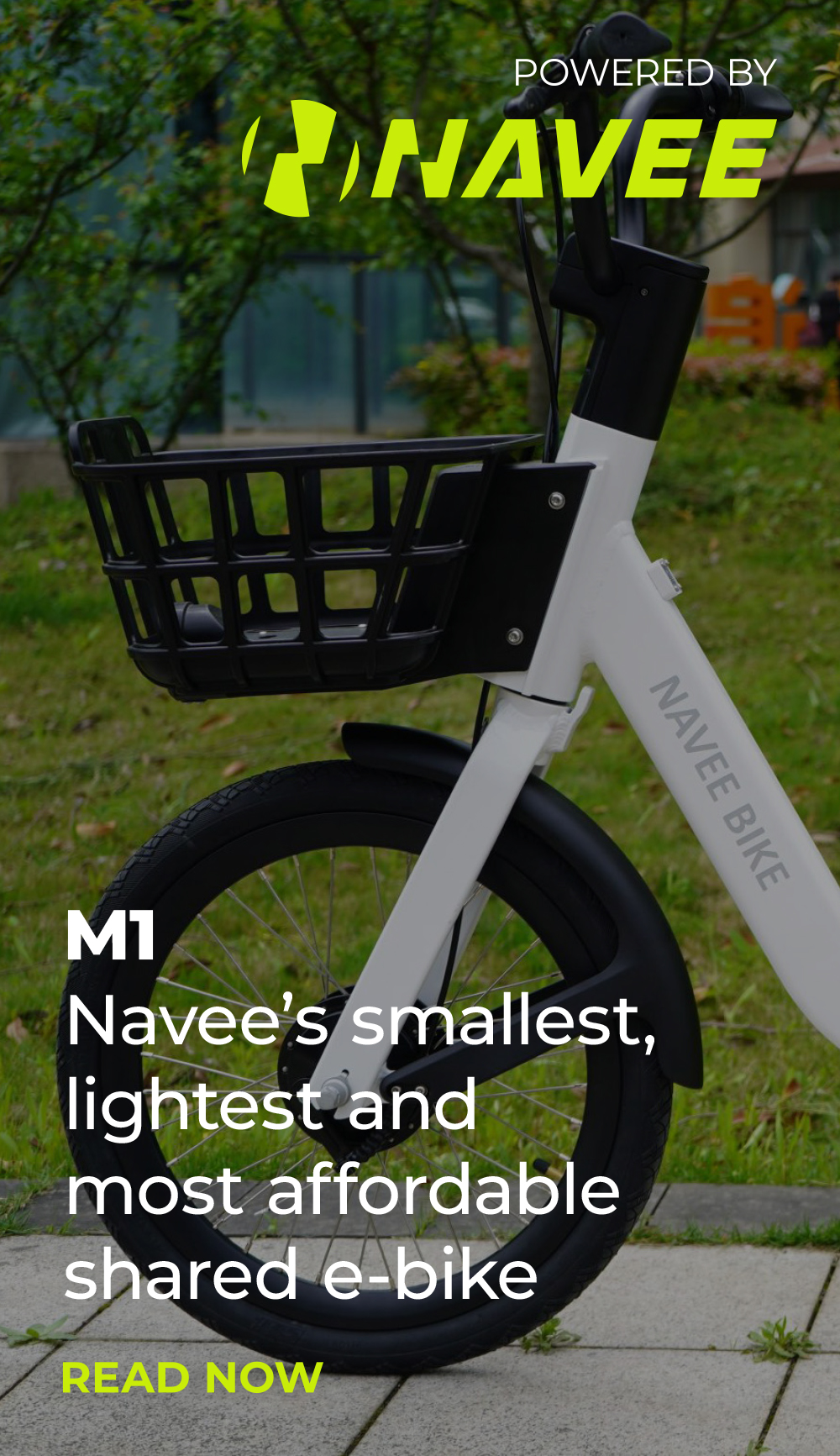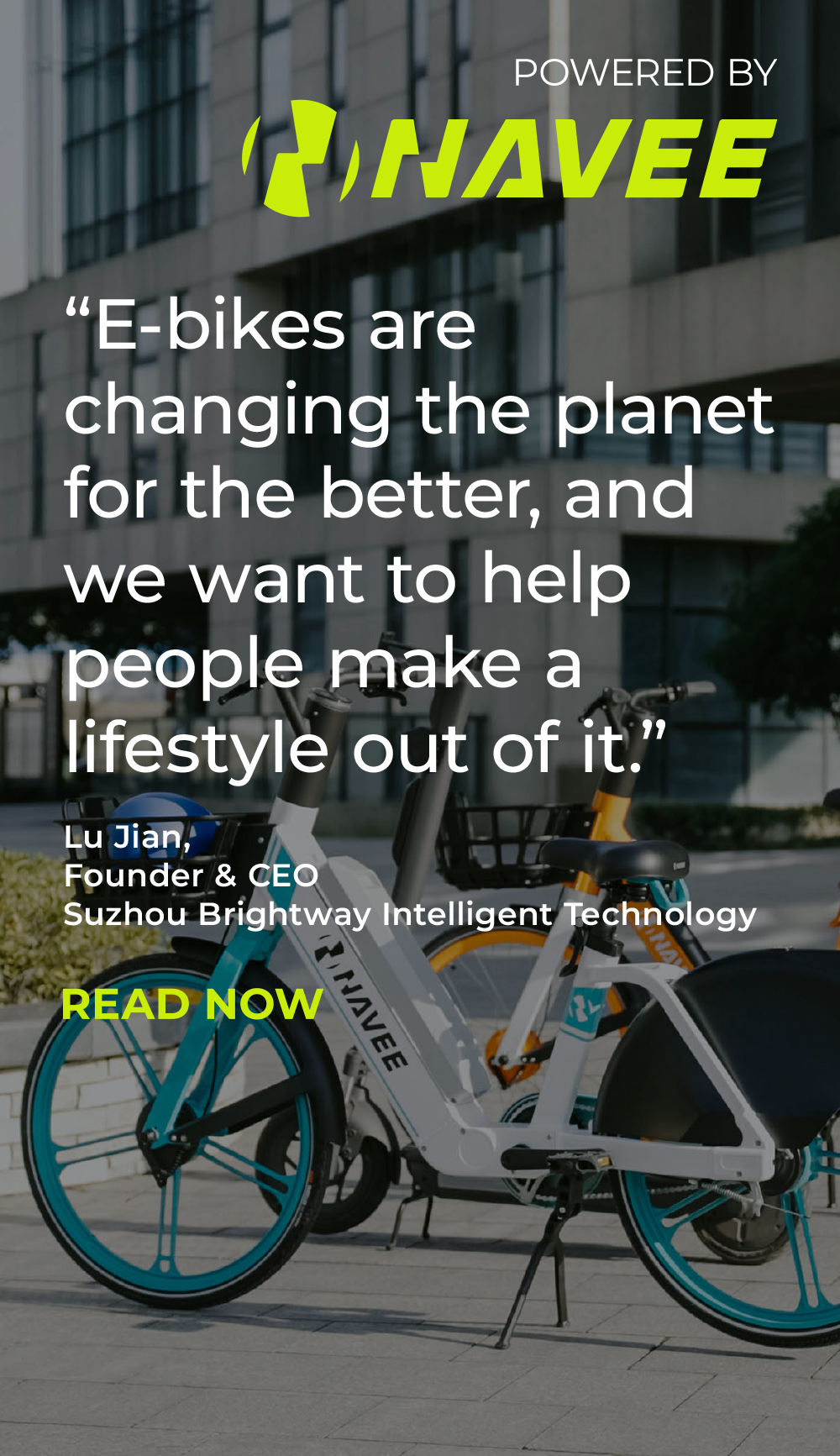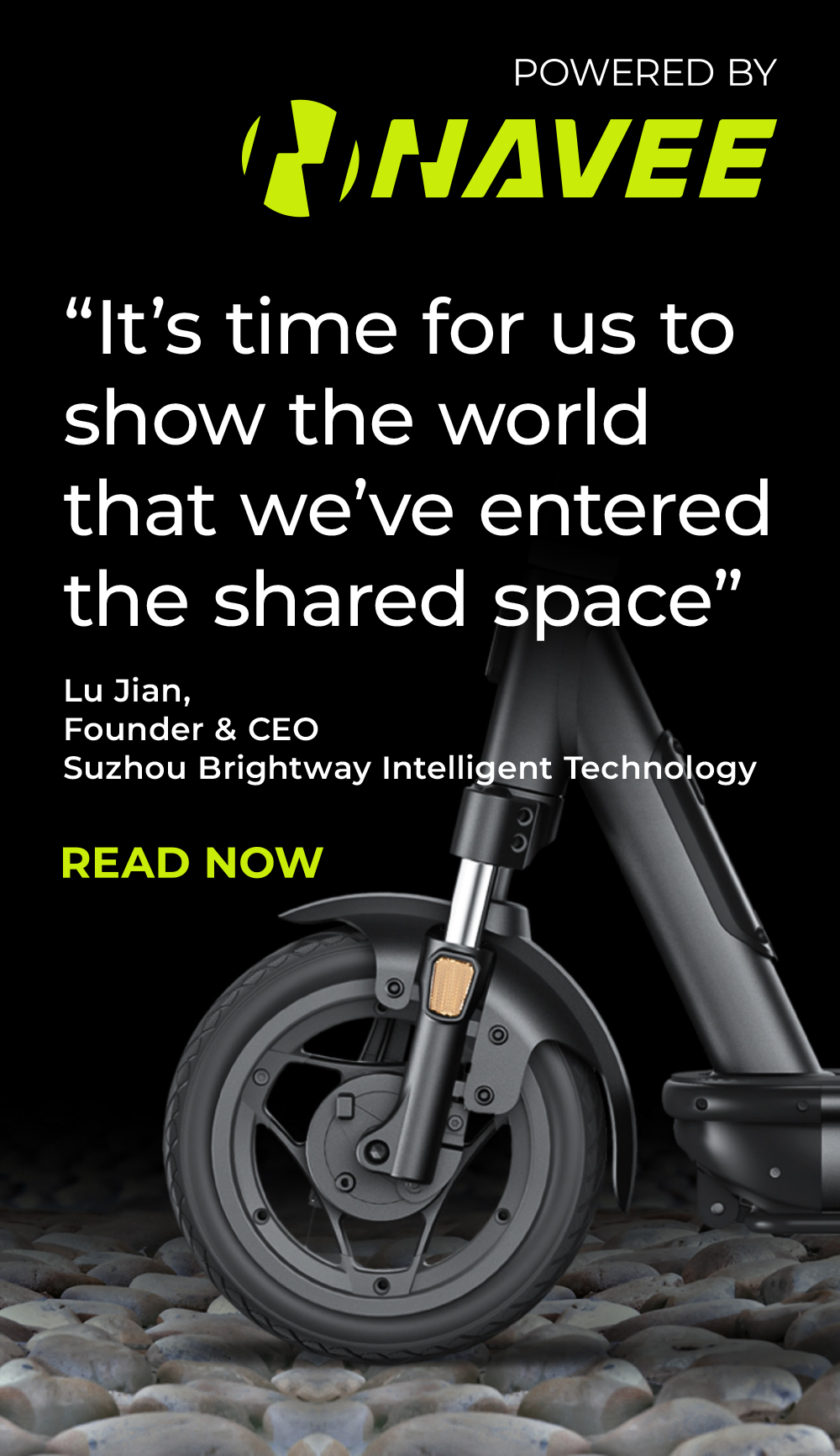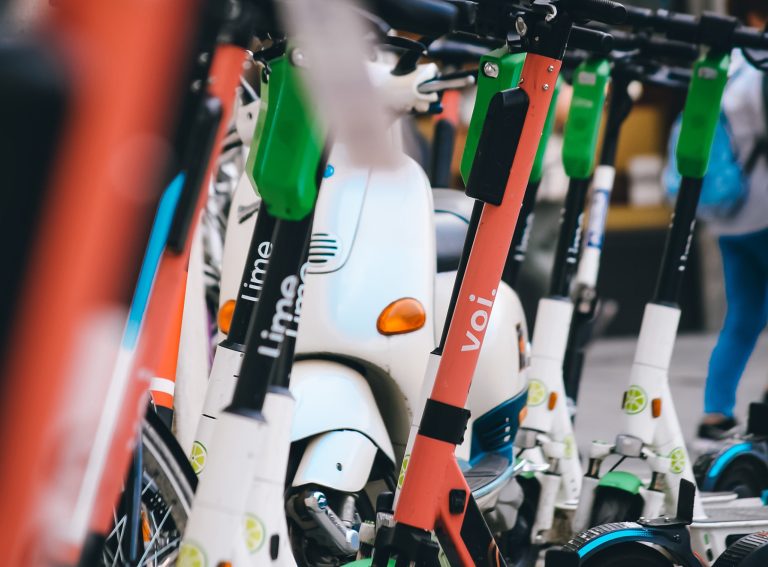Photo credit: Rocket Haus Studios
Puente de La Salve in Bilbao has been given a virtual makeover as part of bicycle manufacturer Shimano’s Future Cities campaign.
The campaign seeks to spark conversation with urban mobility experts, residents, politicians, and planners to encourage people to be more ambitious and reconsider what is possible when it comes to urban transformation.
Puente de La Salve connects the suburbs of Bilbao to the city centre at the Guggenheim Museum. The bridge currently has five lanes of busy traffic without any provision for safe cycling and only limited space for those walking or wheeling.
Shimano is using innovative computer-generated animations to re-imagine what the space could look like, stripping away existing elements of the bridge and replacing them with infrastructure and furniture designed for people.
As part of the transformation, three lanes of traffic are removed and replaced by a segregated cycle lane, wider pavement, trees, benches, a kiosk and a cycle hire dock.
The location was chosen as the subject of the Future Cities campaign host city after Shimano launched a social media poll to get public input.
”We’re now in the second year of our Future Cities campaign,” Jonathan Davis, PR and Communications Lead at Shimano Europe, told Zag Daily. “It aims to re-imagine what our cities could look like if they had cleaner air, less traffic and less noise pollution.”
The visual aids provide a clear vision for people to understand the potential impact of widespread urban cycling. The presence of safe and continuous infrastructure has been shown to significantly boost cycling rates. Currently, cities and densely populated areas often prioritise cars and car parking, but embracing a new vision can lead to more bike-friendly and people-centric urban environments.






